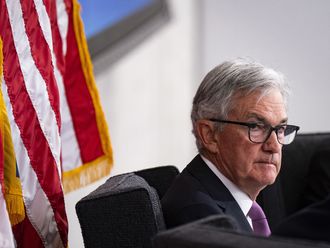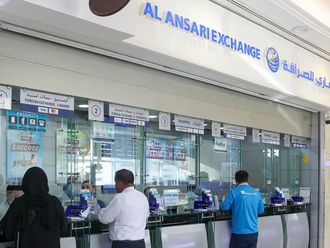Dubai: Investment risk will continue to be the major rating constraint for Middle East insurers in the next 12 to 18 months, according to credit rating agency Moody's Investor Services.
"Our analysis highlights that investment risk typically remains the pre-eminent credit risk for insurers in the Middle East region, with significantly concentrated and highly correlated investments in the local equity markets," said David Masters, a Moody's assistant vice-president and author of the report.
Moody's notes that the key driver behind this constraint on insurers' ratings is that those insurers' appetites for real estate exposure will likely remain strong despite the downturn in certain GCC property markets, and the elevated credit risk associated with real estate in the region.
Analysts expect insurers to maintain their relatively high exposure to real estate and equities.
Strong capitalisation
"We believe that insurers are likely to maintain their exposure to equities. This is partly due to the market expectation within the region that equity and real-estate valuations have largely bottomed out, but also because of the relative lack of other traditional asset classes in the Middle East region," said Masters.
Given the GCC's hydrocarbon wealth, which supports many of these sovereigns' credit profiles, the need to issue government debt is modest. This limits the issuance volume of local currency-denominated government bonds and keeps yields low.
The regional corporate fixed-income market — which is often a key element of insurers' asset mix in other regions — remains relatively undeveloped compared with European/US markets; it said only about $200 billion of corporate debt instruments is currently outstanding in the GCC.
Moody's estimates show that real estate holdings (including land, construction projects and property) constituted around 50 per cent of the average investment portfolio or around 60 per cent of shareholders' equity as of end-2010 compared to 7 per cent and 12 per cent respectively in Europe and the CIS (Commonwealth of Independent States) .
Although Islamic insurance providers have the option of taking exposure to Sharia-compliant alternative investment classes such as sukuk, these assets too are exposed to real estate. In addition, whilst interest rates are currently low, Middle Eastern insurers have little incentive to hold bank deposits.
Some analysts anticipate higher balance sheet risk for regional insurers as reporting standards are different in the region compared to other parts of the world. Unlike most European insurers, several insurers in the Middle East continue to report real estate holdings at book value, rather than market value.
Despite the high investment risk that weighs on the rating outlook of regional insurers, leading rating agencies agree that high capitalisation levels and strong regulation of the sector in the region mitigates part of the risks linked to their portfolios.
Eye on profits
Domestic insurers in Saudi Arabia remain profitable, despite the effects of increasing competition and low interest rates, said Standard & Poor's Ratings Services in a recent report.
The market has expanded very quickly in recent years as health insurance has become widespread. Compared with insurers in Western markets, insurers in Saudi Arabia tend to focus more on achieving a return on equity through underwriting alone.
"Investment strategies are conservative, and contribute little to the industry's overall good profitability. But we anticipate that it will be harder for companies to maintain underwriting discipline as competition increases," the rating agency said.
The Saudi industry faces less competitive pressure compared to other Gulf counterparts.












